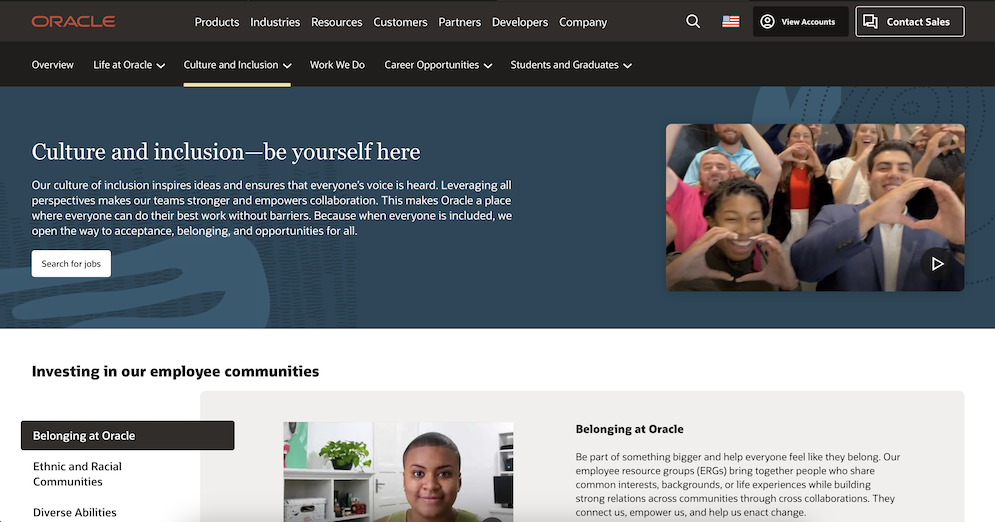How to respond to the DEI backlash

Many corporate digital communications teams – particularly those in the US – have spent a large chunk of the start of 2025 in crisis meetings about how to communicate their company’s changing positions on diversity, equity and inclusion.
The backlash against DEI in some portions of society began well before this year, but in the US, it’s now supported by an executive order and Justice Department policy.
Some companies are responding by changing, or ending, their diversity and inclusion programmes. Others, like Apple and Costco, are not, for now at least.
But whatever your company’s policy positions in this area, here are five recommendations for communicating about the topic on the corporate website and related channels.
1. Be honest and transparent about where you stand
If your company’s diversity and inclusion policies change, it’s important to communicate this clearly, openly, promptly and prominently on the corporate site – then use social media to point users to this definitive version of “the truth” about these changes.
This will help the company to control – or at least remain part of – wider public and media discussion about the policy changes. Staying silent may feel like the safe option, but it will leave a dangerous vacuum that will be filled by information sources outside your control.
2. Replace jargon with plain language
Review the language used in all your communications about diversity, equity and inclusion.
The acronym “DEI” has become politically weaponised, and means different things to different people, from customers to jobseekers and employees. So it’s a good time to retire such acronyms, and replace them with words and phrases that ordinary people use in their daily lives – like “job opportunities that are fair for everyone”.

Oracle's "Culture and Inclusion" page emphasises collaboration and belonging.
3. Link information about diversity commitments to tangible business benefits.
Oracle does this well on its “Culture and inclusion” page. “Diverse perspectives make our teams stronger and empower collaboration,” states the company at the top of this page.
Similarly, Costco’s website states: “We believe that embracing employees’ individual backgrounds, points of view, and opinions leads to increased creativity, innovation, satisfaction, and sense of belonging. Celebrating our diversity enriches our culture by connecting us to the communities where we operate, the suppliers we work with, and each other.”
4. Ensure that internal and external communications are joined up
Once you’ve established your company’s positions on diversity-related issues, find language to express them that will work both inside and outside the business.
Avoid the temptation to detach internal messaging about diversity from external messaging. Numerous executives I’ve recently spoken to are struggling to reconcile many of their employees’ demands for the company to reassure them about the future of diversity commitments, with external pressures to pull back on such commitments.
Saying one thing internally but another externally carries a high risk of backfiring, as soon as an internal message leaks externally.
5. Grant people across the business the power to speak for themselves
Give your employees, at all levels of the business, a platform and mandate on your corporate website and social channels, such as Instagram, to share their experiences of life inside the company.
This is a powerful way to show diversity in action, while policies around the topic are in flux, and while opinions about such policies are so polarised. HSBC’s “Life at HSBC” Instagram feed, for instance, conveys a powerful impression of a vibrantly diverse workforce. It’s a great example of how diversity can be shown in practice, without preaching.
Communications teams can’t always directly influence their company’s diversity policies. But they can influence how they’re explained. By being transparent, reducing jargon, and letting employees speak for themselves, they can help to cut through polarised political debate to ensure that core messages and key facts hit home for all audiences.